How Filter Technology Reduces Waterborne Contaminants by 99.9% in Industrial Applications
In industrial applications, the prevalence of waterborne contaminants poses a significant threat to both human health and operational efficiency. According to the World Health Organization, contaminated water is linked to over 2 billion illnesses annually, highlighting the urgent need for effective purification solutions.
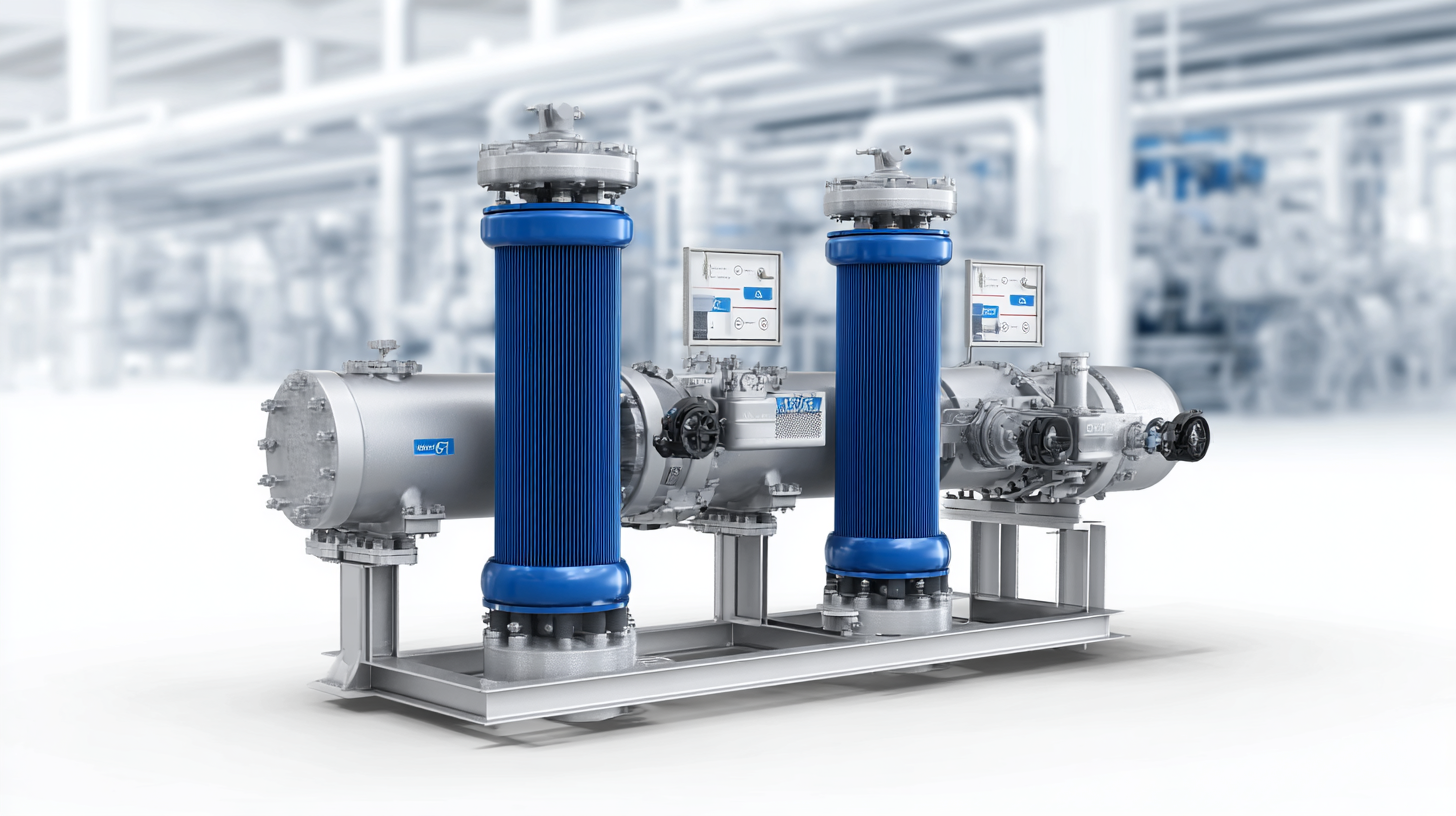
Filter technology has emerged as a key player in addressing these challenges, boasting the capability to reduce contaminants by up to 99.9%. Advanced filtration systems, such as ultrafiltration and reverse osmosis, have been proven to effectively remove pathogens, heavy metals, and other harmful substances from water sources.
The implementation of such technologies not only ensures compliance with stringent environmental regulations but also enhances the quality of water used in industrial processes. As industries continue to seek sustainable solutions, understanding the mechanisms behind filter technology is critical for fostering a healthier ecosystem and promoting safer operations.
Understanding Waterborne Contaminants in Industrial Settings
Waterborne contaminants pose a significant threat in industrial environments, affecting both human health and operational efficiency. According to the World Health Organization, approximately 2 billion people worldwide lack access to safe drinking water, with industrial sectors being major contributors to this crisis. Contaminants such as heavy metals, pathogens, and chemical pollutants often enter water systems through manufacturing processes, leading to dire consequences for both employees and local communities.
In response to this challenge, advanced filter technology has been developed that effectively reduces these contaminants by an impressive 99.9%. A report by the Environmental Protection Agency indicates that industries utilizing such filtration systems have seen a marked decrease in waterborne diseases and pollution discharge. For instance, the implementation of membrane filtration in industries like pharmaceuticals and food processing has revolutionized water treatment, ensuring compliance with stringent regulatory standards and promoting sustainable practices. As industries continue to prioritize water safety, the integration of sophisticated filtration systems will play a crucial role in safeguarding public health and the environment.
How Filter Technology Reduces Waterborne Contaminants by 99.9% in Industrial Applications
| Contaminant Type | Common Sources | Impact on Health | Filter Efficiency (%) | Recommended Filter Type |
|---|---|---|---|---|
| Heavy Metals | Industrial Waste, Battery Manufacturing | Nervous System Damage, Kidney Damage | 99.95% | Reverse Osmosis Filter |
| Bacteria | Wastewater Treatment, Agriculture | Infections, Gastroenteritis | 99.9% | Ultrafiltration Membrane |
| Viruses | Sewage Contamination, Industrial Discharge | Viral Infections, Illness | 99.99% | Nanofiltration System |
| Chemicals | Chemical Manufacturing, Surface Runoff | Respiratory Issues, Skin Irritation | 99.7% | Activated Carbon Filter |
| Sediments | Construction Sites, Erosion | Water Clarity Issues, Habitat Damage | 99.9% | Pre-Filter System |
The Role of Filter Technology in Water Purification Processes
Filter technology plays a crucial role in modern water purification processes, particularly in industrial applications where water quality is paramount. According to a report by the Water Quality Association, effective filtration can reduce waterborne contaminants by up to 99.9%, significantly enhancing safety standards in various sectors, including manufacturing and food processing. Advanced filter systems, such as ultrafiltration and reverse osmosis, employ sophisticated membranes that remove not just particulate matter but also microorganisms and dissolved substances, ensuring that the water meets stringent regulatory requirements.
Moreover, the ongoing advancements in filter technology have led to the development of smart filtration systems that can adapt to varying water quality conditions. A study published in the Journal of Water Process Engineering highlights that integrating real-time monitoring capabilities into filtration systems can optimize efficiency and further minimize waste. With the ability to track and analyze water quality metrics continuously, industries can proactively adjust their filtration processes, leading to enhanced operational reliability and reduced downtime. This evolution in filter technology is essential for promoting sustainable water use while safeguarding public health and the environment.
Types of Filters Used for Effective Contaminant Removal
In industrial applications, the effectiveness of filter technology in removing waterborne contaminants hinges on the types of filters employed. The most commonly used filters include microfiltration, ultrafiltration, nanofiltration, and reverse osmosis. Each type serves a specific purpose based on the size and nature of the contaminants being targeted. For instance, microfiltration is effective for removing larger particles such as sediments and algae, while ultrafiltration can eliminate viruses and some bacteria due to its smaller pore size.
Another essential type, nanofiltration, plays a crucial role in removing divalent ions and larger organic molecules, making it suitable for applications that require a certain level of purity in water. Reverse osmosis, on the other hand, stands out for its ability to remove up to 99.9% of dissolved salts and other impurities, ensuring that the water is significantly purified. The combined use of these filters can create a comprehensive filtration system, addressing various contaminants and delivering high-quality water in industrial processes.
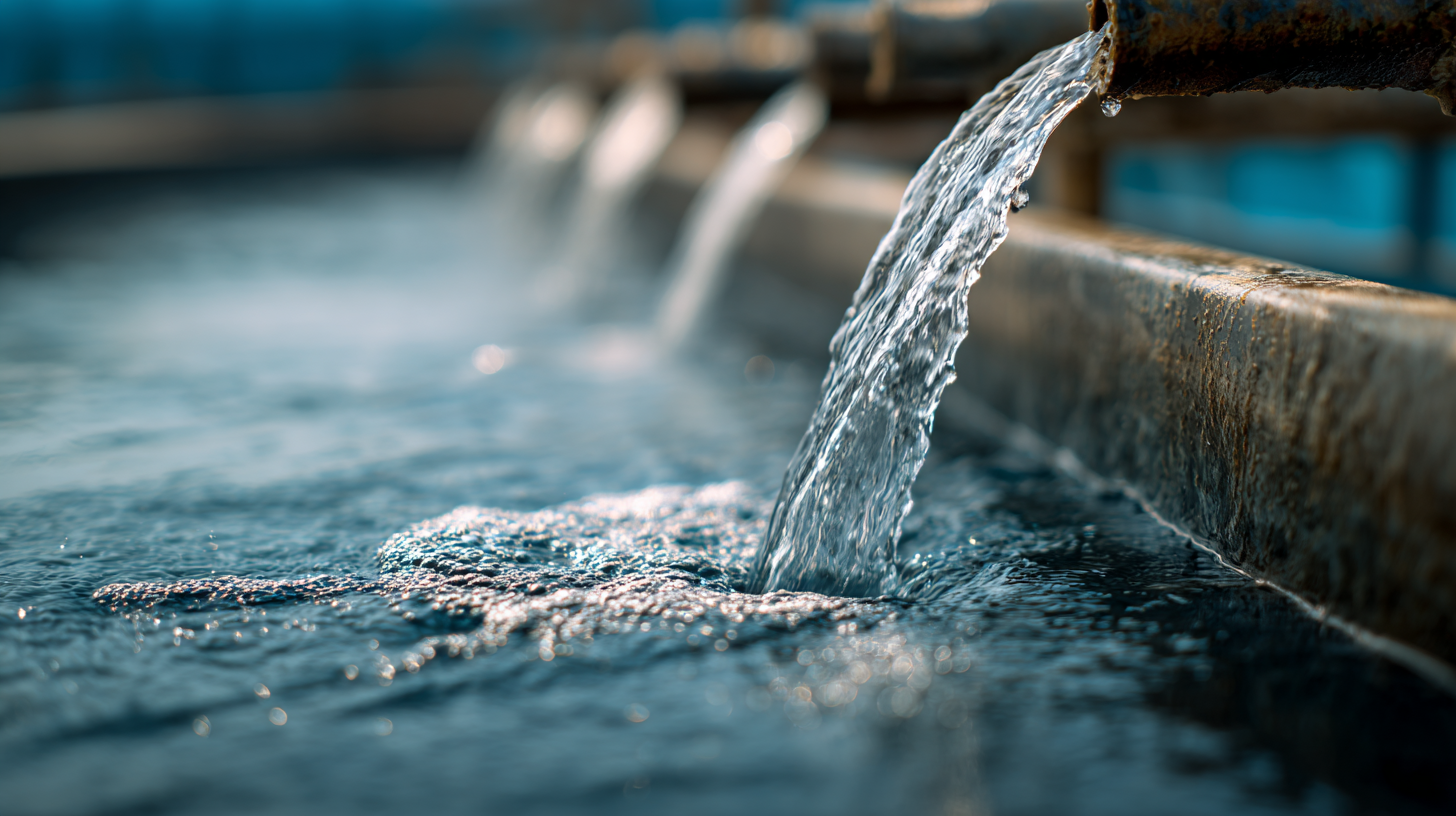
Step-by-Step Implementation of Filtration Systems in Industries
Implementing filtration systems in industrial settings requires a systematic approach to ensure optimal performance and compliance with safety standards. The first step involves a detailed assessment of the water sources and the specific contaminants present. According to a report by the Water Research Foundation, industrial water can contain up to 500 different contaminants, including heavy metals, microplastics, and organic compounds. Identifying these pollutants is crucial, as their concentrations dictate the type of filtration technology needed, whether it's membrane filtration, activated carbon, or UV treatment.
Once the assessment is complete, industries should focus on selecting the appropriate filtration technology tailored to their requirements. For instance, reverse osmosis systems can effectively remove up to 99.9% of common contaminants in water, making them ideal for manufacturing processes in food and beverage industries. A study by the American Water Works Association emphasized that proper system design and regular maintenance are vital for sustaining filtration efficiency, with periodic monitoring ensuring that filtration systems operate effectively and safely over time. Proper installation and adherence to guidance on system upgrades can further enhance water purity, significantly reducing contamination risks in industrial applications.
Impact of Filtration Technology on Waterborne Contaminants Reduction
This chart illustrates the effectiveness of various filtration technologies in reducing waterborne contaminants across different industries. The data shows the percentage reduction of contaminants achieved by each type of filtration system.
Measuring the Efficacy of Filtration: Achieving 99.9% Contaminant Reduction
Effective filtration technology plays a crucial role in industrial applications by ensuring a significant reduction of waterborne contaminants, achieving results as high as 99.9%. This remarkable efficacy is vital, particularly in environments where water quality is directly linked to health and safety. Recent advancements in countertop filtration systems have demonstrated similar high levels of contaminant reduction, particularly in removing harmful substances such as lead, chlorine, and bacteria. This underlines the importance of leveraging innovative filtration solutions in both industrial settings and everyday household use.
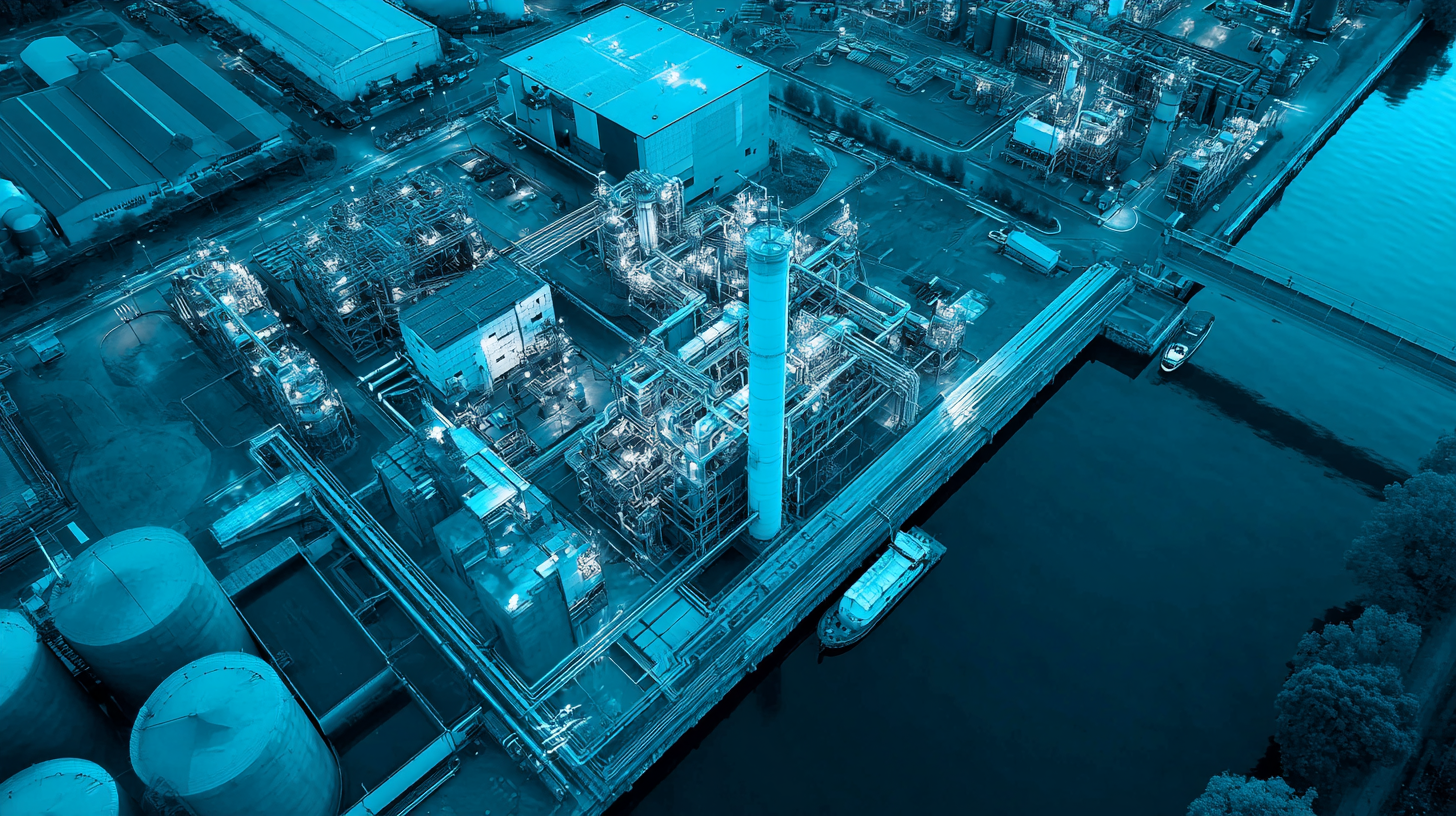
In the pursuit of cleaner water, the focus on measuring the efficacy of various filtration methods becomes increasingly important. Studies investigating the removal of microplastics have revealed that multi-stage filtration systems can significantly enhance water quality by addressing contaminants missed by standard treatment processes. Such technologies are particularly relevant in healthcare settings, where the provision of clean water is essential for patient safety and overall hygiene. As we continue to explore these filtration advancements, it is clear that the commitment to achieving 99.9% contaminant reduction is essential in safeguarding public health and promoting a sustainable environment.
Related Posts
-
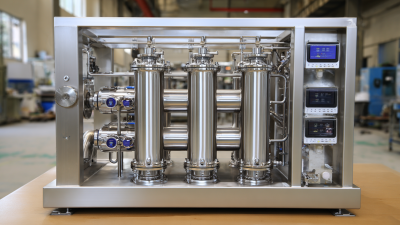
Understanding Industry Production Standards for the Best Micro Filtration System in Use
-
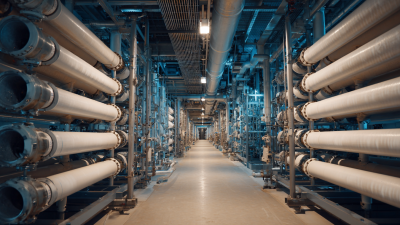
What is the Future of Microfiltration Membrane Technology in Global Water Treatment
-
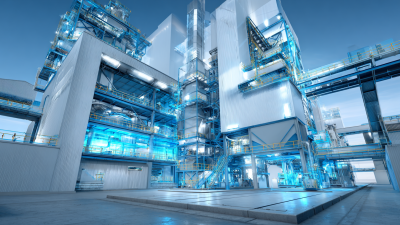
Innovative Solutions for Optimizing Pulp and Paper Production Efficiency
-
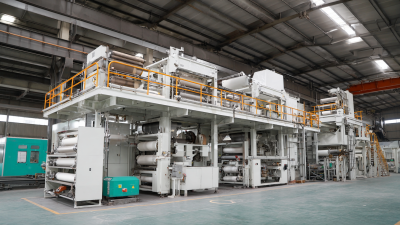
Ultimate Guide to Choosing the Right Bagasse Plate Making Machine for Your Business
-
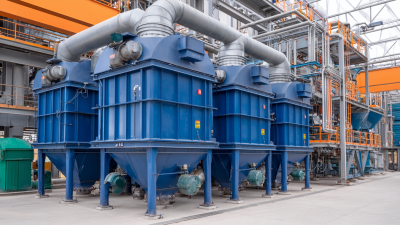
7 Reasons Why Bag Filter Systems are Essential for Reducing Industrial Emissions
-
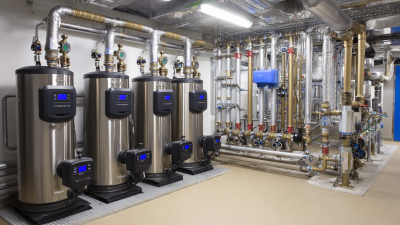
7 Compelling Reasons to Choose the Best Side Stream Filtration for Your Heating System